First-principles thinkingWhat it means, how to apply it, and tons of examples of first-principles thinking in action👋 Hey, I’m Lenny and welcome to a 🔒 subscriber-only edition 🔒 of my weekly newsletter. Each week I tackle reader questions about building product, driving growth, and accelerating your career. P.S. Don’t miss Lennybot ✨ (an AI chatbot trained on my newsletter posts, podcast interviews, and more) and my new Swag Store (great gifts for your favorite PMs, or yourself!). 🚨 Announcement: A limited-edition Lenny’s Newsletter book available for pre-orderFor the first time ever, you can own a book version of this newsletter. You’ll find over a dozen of my most beloved pieces, including advice on crafting a vision, finding product-market fit, building product sense, getting better at strategy, finding your first customers, building your growth team, becoming an amazing product manager, and more. This was a labor of love, and I’m excited to see what you think. We’re only printing 5,000 copies, and all proceeds are going to charity. Order now (while supplies last), and get it in January.
First-principles thinking, or thinking from first principles, sounds a lot more complicated than it is. It’s simply a technique for approaching problems with a beginner’s mind. Instead of working within assumptions and what people around you “know” to be true, you do the hard work of figuring out what’s actually true and, thus, what’s truly possible. There are many ways to apply the technique (which I’ll share below), but essentially you do this by asking questions, challenging people’s assumptions, digging further than other people, and going directly to the source to find out for yourself. The concept of thinking from first principles comes from physics, is also known as ab initio, and encourages one to “start directly at the level of established science and not make assumptions based on existing models.” Aristotle phrased it as “the first basis from which a thing is known.” Any talk of first principles must include a quote from Elon Musk, so let’s get it out of the way:
Before we go further, it’s important to know that this technique takes a lot of effort. As Ozan Varol (former rocket scientist and best-selling author) explained in this interview with Farnam Street:
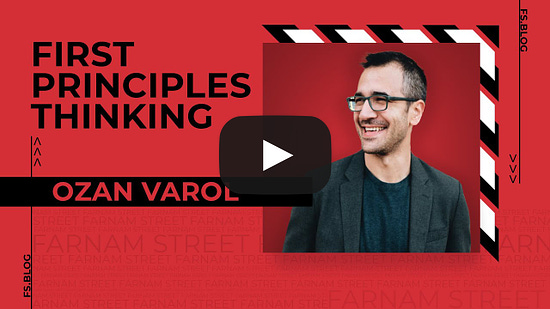 That being said, many of history’s biggest breakthroughs came from someone making the effort to think from first principles. This includes the classic examples of SpaceX and Tesla, the breakthrough that led to the transformer architecture driving today’s AI revolution, the invention of human flight, the discoveries of nuclear energy and general relativity, and so many more. It’s not an accident that history’s most important scientists come at problems in this way—with a beginner’s mind:
To make this even more concrete, let’s look at a bunch of examples across tech startups. Examples, big and smallAs you read through the examples, notice the way people go about thinking from first principles in practice. Essentially, they figure out what problem they want to solve, identify the levers that are keeping them from getting there, question every assumption about what’s possible within each lever, do the legwork to find out facts on the ground, and then act. Example 1: Building the Square Cash Card—Ayo OmojolaWatch this five-minute clip and notice Ayo’s approach to problem-solving:
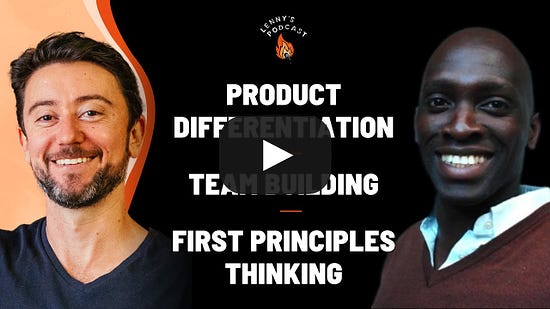
Example 2: Building OpenAI—Ilya SutskeverWatch this two-minute clip and notice that the breakthrough that led to GPT (possibly the biggest breakthrough in software history) was rooted in experimenting with an idea that “everyone” knew wasn’t going to work. 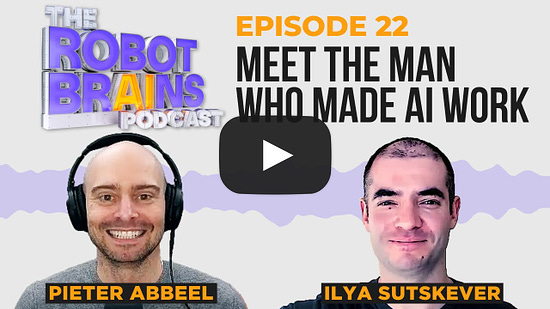
For more, here’s another video of Ilya sharing this same lesson. Example 2b: The key to Stripe and OpenAI’s success—Greg BrockmanIn this one-minute clip, notice how a company like Stripe, one of the most valuable tech startups today, didn’t do anything that special. They just built a much better product than was previously available, simply by “not being locked into the way that people had been doing it” before, by thinking about every single piece of what they were doing from the ground up. 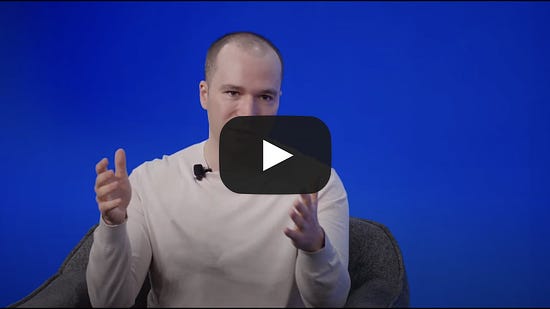
Example 3: Becoming the #1 YouTuber—Mr. Beast...Subscribe to Lenny's Newsletter to read the rest.Become a paying subscriber of Lenny's Newsletter to get access to this post and other subscriber-only content. A subscription gets you:
|
Search thousands of free JavaScript snippets that you can quickly copy and paste into your web pages. Get free JavaScript tutorials, references, code, menus, calendars, popup windows, games, and much more.
First-principles thinking
Subscribe to:
Post Comments (Atom)
I Quit AeroMedLab
Watch now (2 mins) | Today is my last day at AeroMedLab ͏ ͏ ͏ ͏ ͏ ͏ ͏ ͏ ͏ ͏ ͏ ͏ ...
-
code.gs // 1. Enter sheet name where data is to be written below var SHEET_NAME = "Sheet1" ; // 2. Run > setup // // 3....

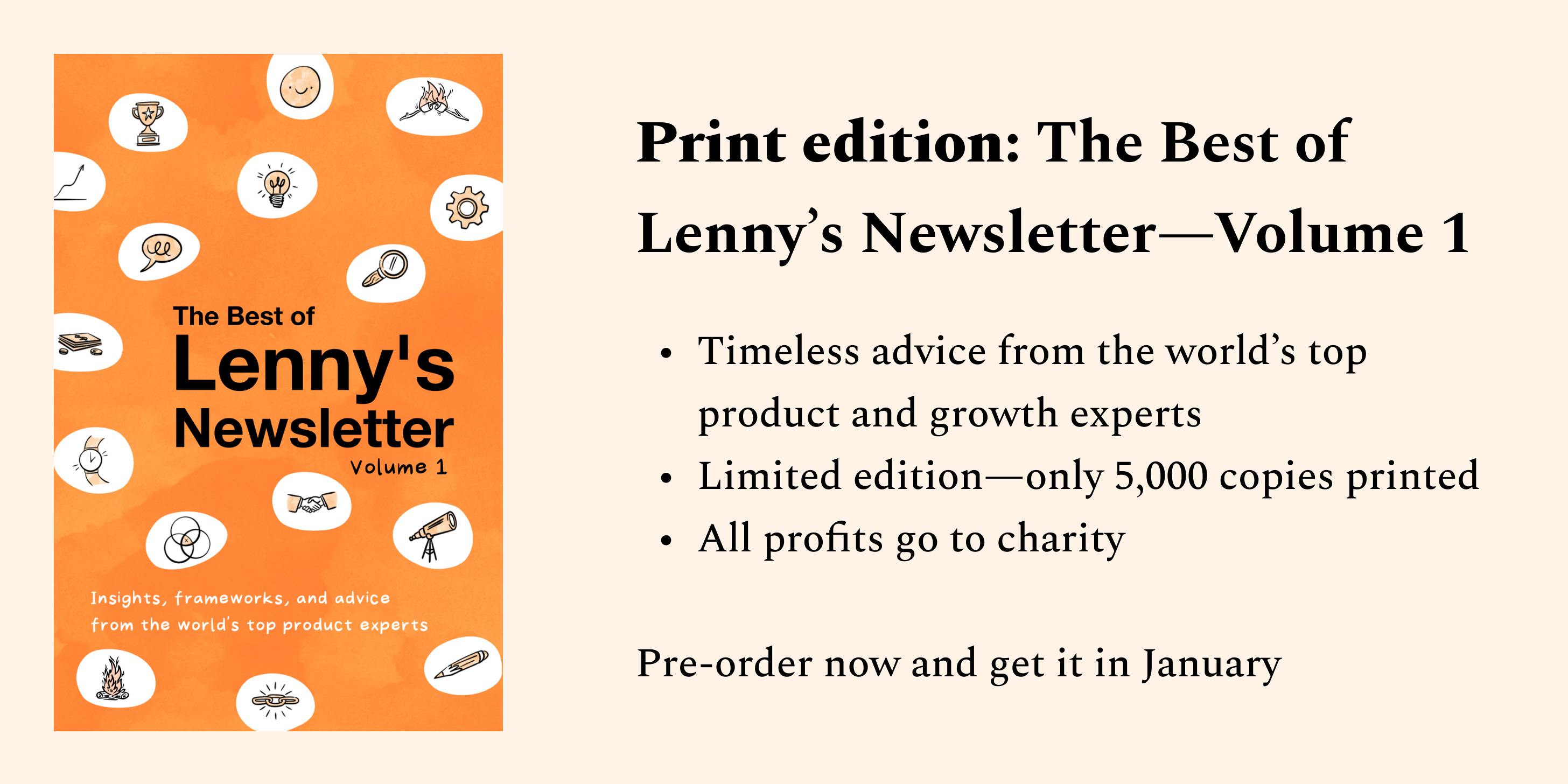
No comments:
Post a Comment